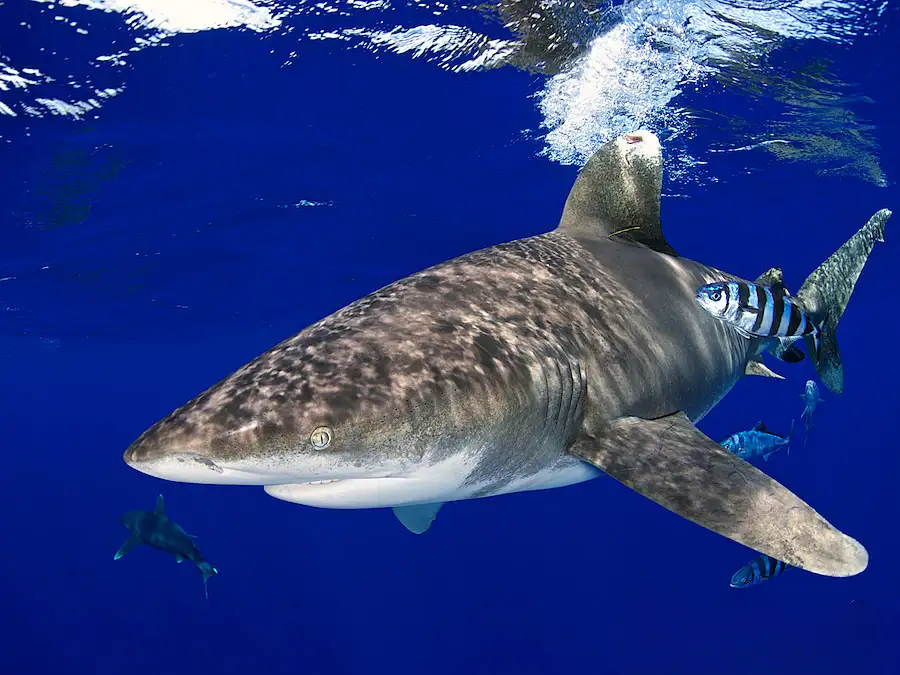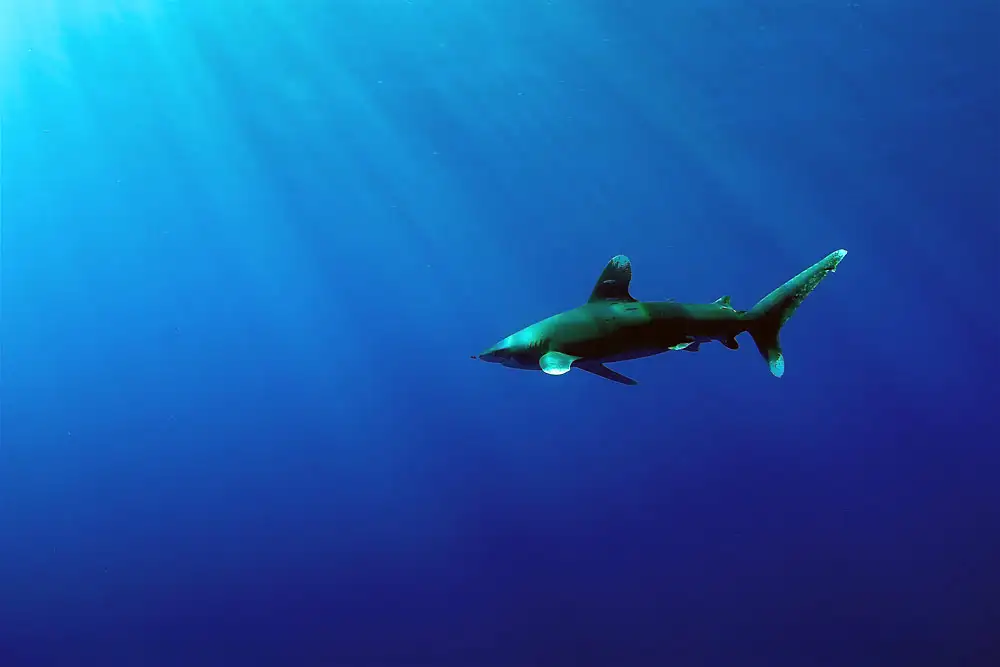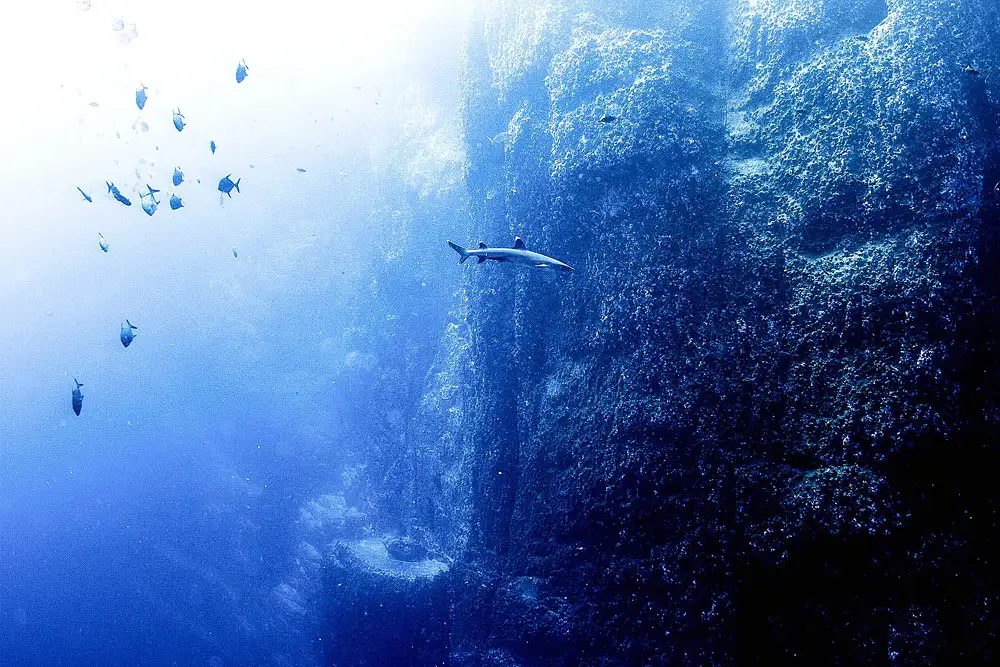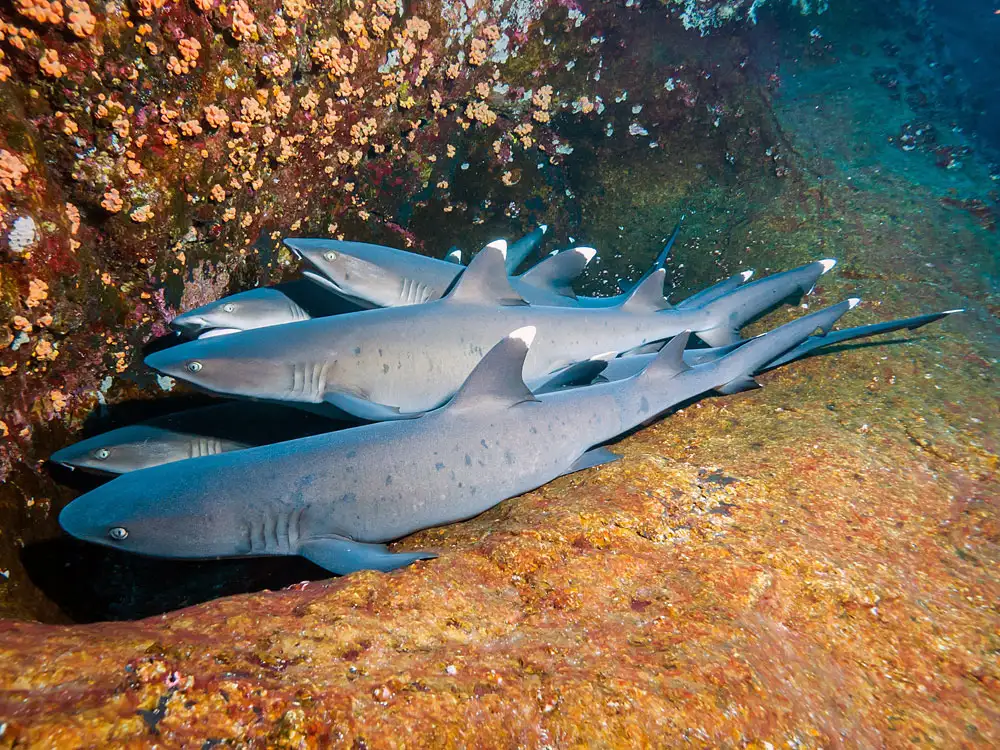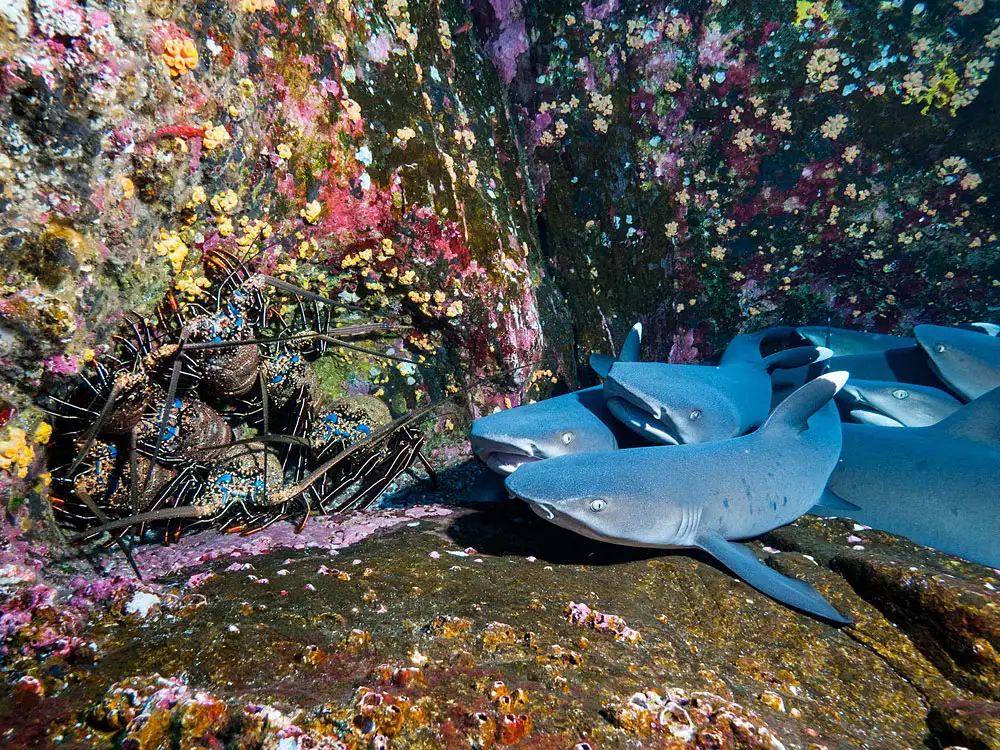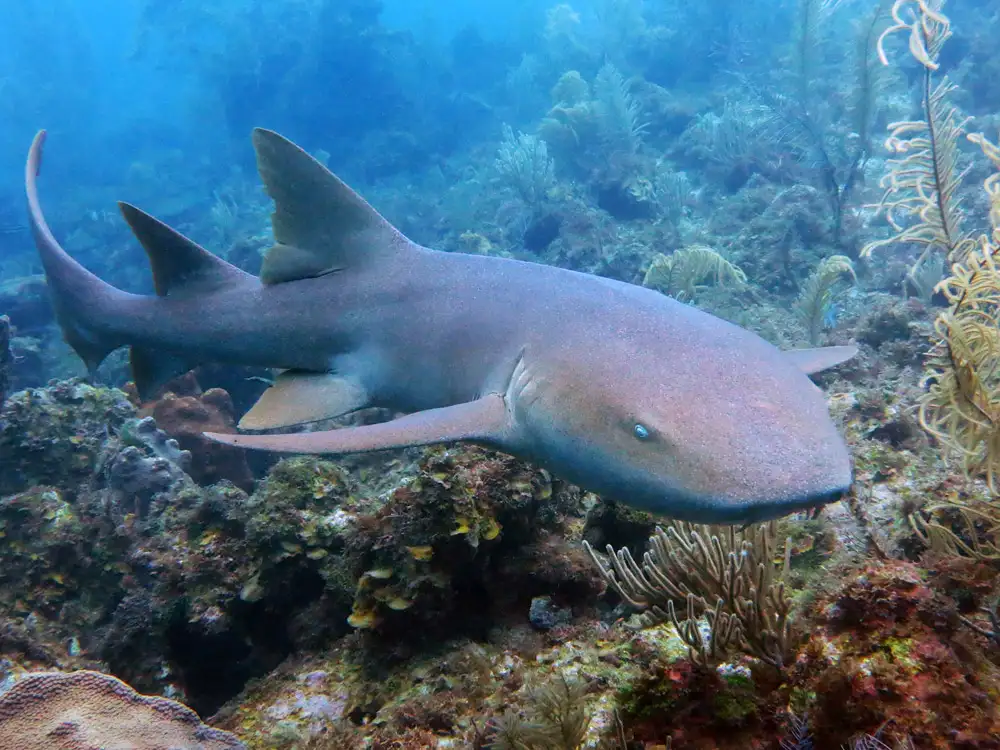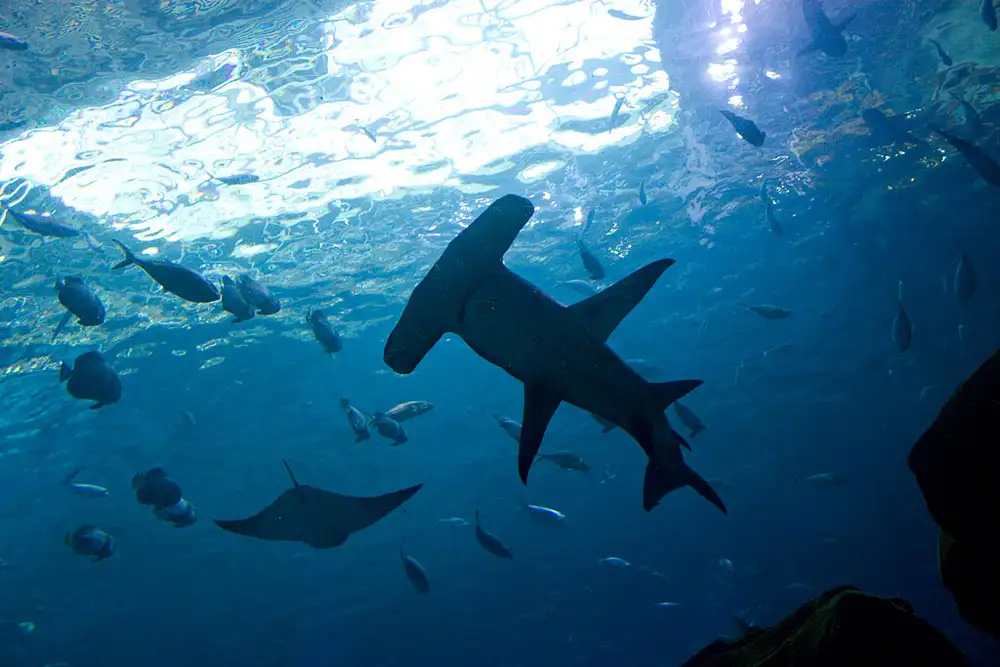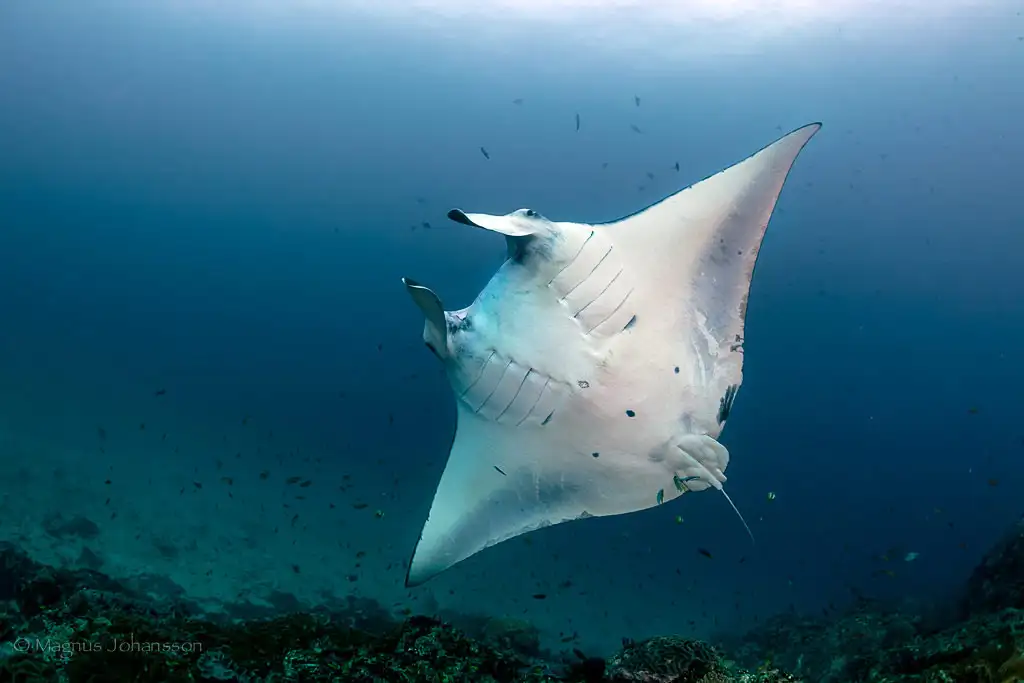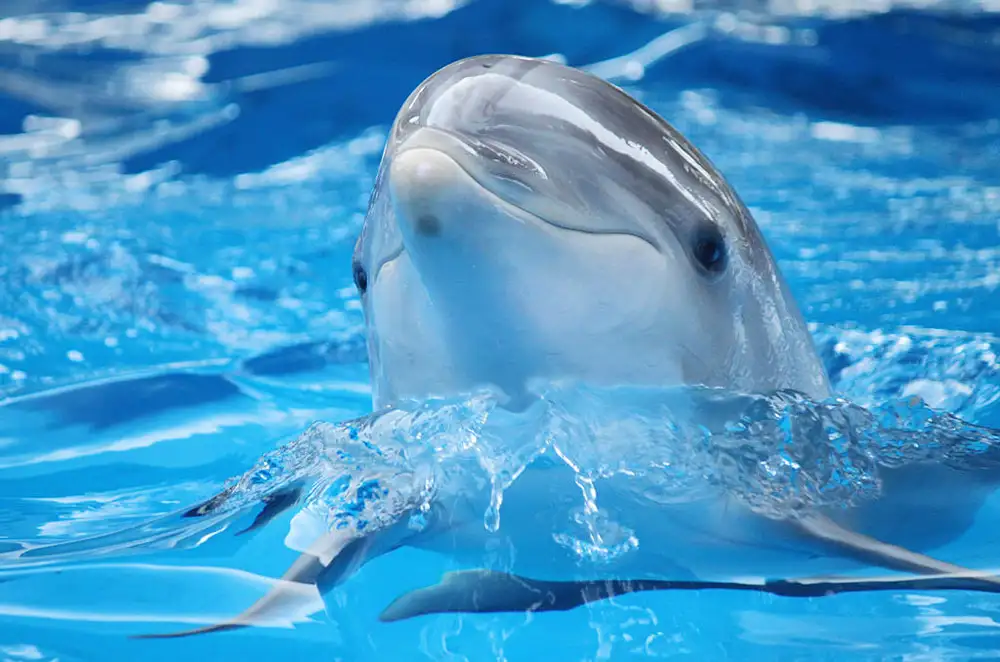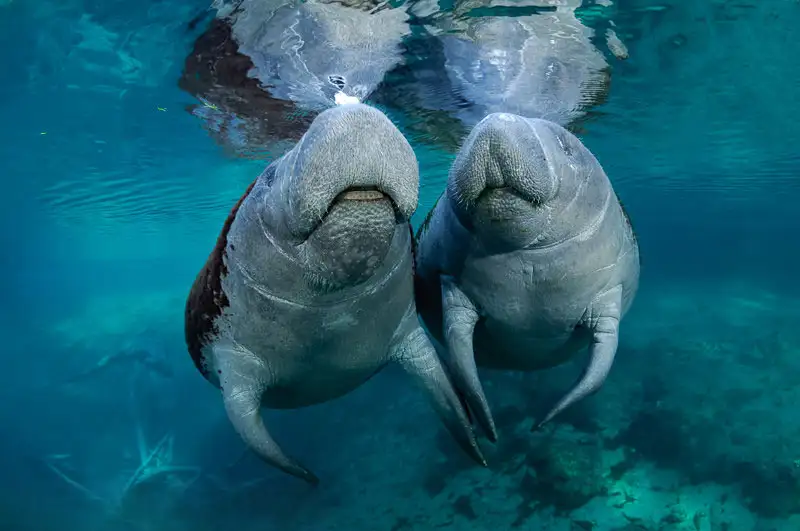Whitetip Reef Shark
IUCN
VUBasic Information
Scientific classification
- name:Whitetip Reef Shark
- Scientific Name:Triaenodon obesus
- Outline:Large Fish
- Family:Carcharhinidae Triaenodon
Vital signs
- length:Common 1.2–1.6 m; max ~1.9 m
- Weight:Typically 10–20+ kg
- lifetime:c. 20–25 years (estimated)
Feature
Nocturnal ambush predator; aplacental viviparous with small litters; strong site fidelity and small home range; cave‑resting by day.
Distribution and Habitat
Tropical/subtropical Indo‑Pacific coral reefs—slopes, ledges, lagoons—typically 1–40 m.
Appearance
White tips on first dorsal and upper caudal; short blunt snout with nasal flaps; grey‑brown above, white below; large eyes.
Details
The whitetip reef shark (Triaenodon obesus) is one of the most common medium‑sized sharks on Indo‑Pacific coral reefs. It belongs to family Carcharhinidae and the monotypic genus Triaenodon. Famed for its nocturnal, ambush‑style foraging, it rests communally in caves and crevices by day and hunts along reef edges after dusk.
Ecology & Behaviour
Diet: reef teleosts, cephalopods and crustaceans; often probes crevices and patrols reef slopes.
Daily cycle: diurnal resting and nocturnal activity; strong site fidelity with small home ranges.
Reproduction: aplacental viviparous with ~10–13‑month gestation; litters of 1–5 (commonly 2).
Identification
Slender body with a short blunt snout and nasal flaps; relatively small, posteriorly placed first dorsal fin. The first dorsal‑fin tip and upper caudal‑fin tip are conspicuously white. Grey‑brown dorsum, white ventrum; large eyes adapted to low light.
Size & Longevity
Length: commonly 1.2–1.6 m; max ~1.9 m.
Weight: typically 10–20+ kg (regional variation).
Life: about 20–25 years (estimated).
Range & Habitat
Widespread across the tropical/subtropical Indo‑Pacific from the Red Sea/East Africa to the central Pacific islands (e.g., Hawai‘i, Polynesia). Most frequent on reef slopes, ledges and lagoons, commonly at 1–40 m.
Threats & Conservation
Fisheries: targeted/bycatch in handlines, gillnets and longlines; utilized for fins/meat.
Intrinsic vulnerability: late maturity and low fecundity lead to slow recovery.
Habitat degradation: coral bleaching, pollution and tourism disturbance.
IUCN global status: Vulnerable (VU). Priorities: eliminate destructive gears, expand/connect reef MPA networks, set bycatch‑reduction and live‑release protocols, and manage diving/night‑diving to minimize harassment.
FAQ
Q1. How to distinguish from grey/blacktip reef sharks? Whitetips show white tips on the first dorsal and upper caudal lobe, a more slender form and blunt short snout; day‑time cave resting is typical.
Q2. Dangerous to people? Generally docile; provocation/feeding can trigger defensive responses—follow dive codes.
Q3. Why Vulnerable? Reef overfishing and habitat loss combined with low reproductive output.
Q4. Is the day–night cycle strong? Yes—cave resting by day and active foraging at night are hallmark traits.

